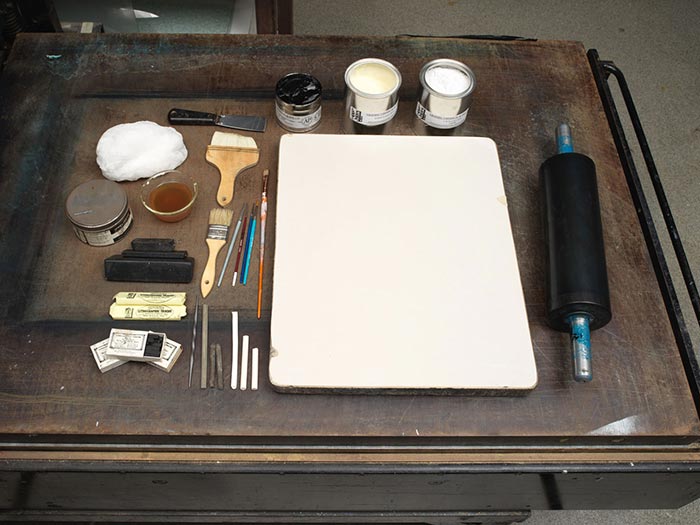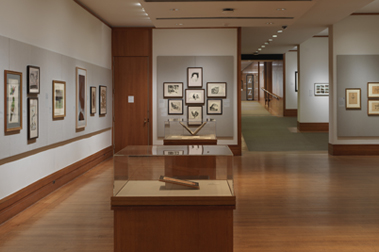A Swell Smoker -- Giving the Long Odds
John Cameron American, born Scotland
Publisher Currier & Ives American
Not on view
The late nineteenth-century Darktown prints by Currier & Ives depict racist stereotypes that are offensive and disturbing. The Metropolitan Museum of Art preserves such works to shed light on their historical context and to enable the study and evaluation of racism.
This urban street scene shows a caricatured pair of Black (African American) pedestrians on a paved sidewalk; several other pedestrians are faintly indicated in the background, as are two three-story stone buildings. In the left foreground, a dapper, thin man with a pinched waist stands in front of a school boy (right), who looks up at the man as he uses the man's cigar to light the cigar butt in his mouth. The man, who sports a mustache and is wearing a monocle, exhailes smoke. He is fashionably dressed in a dark brimmed hat, a dark jacket with a flower in his left lapel, a light-colored vest over a white shirt (adorned with red dots on its high collar and cuffs), gloves, light green striped trousers, and spats over his dark shoes; in his right hand, he holds a very thin cane. The boy is wearing slightly tattered clothes: a visored cap, a red shirt with rolled up sleeves, suspenders holding up his pants with rolled up cuffs, and brown shoes; he carries a couple of books on his upper back. The title is imprinted in the botom margin.
Nathaniel Currier, whose successful New York-based lithography firm began in 1835, produced thousands of prints in various sizes that together create a vivid panorama of mid-to-late nineteenth century American life and its history. People eagerly acquired such lithographs featuring picturesque scenery, rural and city views, ships, railroads, portraits, hunting and fishing scenes, domestic life and numerous other subjects, as an inexpensive way to decorate their homes or business establishments. As the firm expanded, Nathaniel included his younger brother Charles in the business. In 1857, James Merritt Ives (the firm's accountant since 1852 and Charles's brother-in-law) was made a business partner; subsequently renamed Currier & Ives, the firm continued until 1907.

